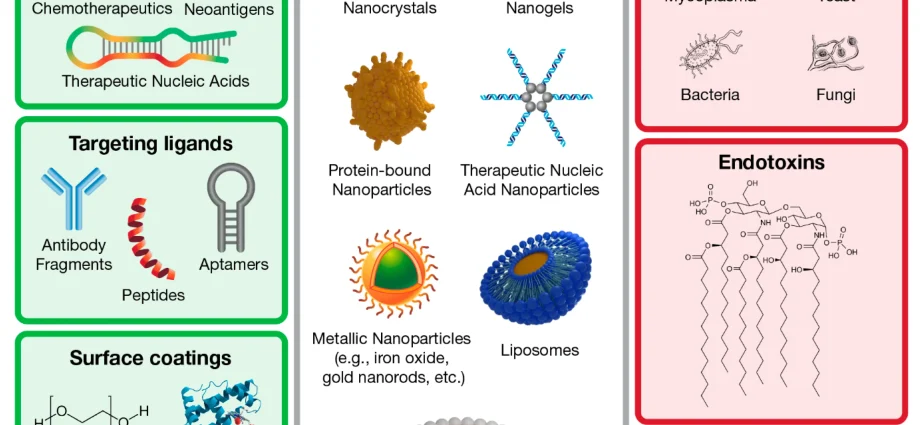We are used to hearing that sugar and everything connected with it is tasty, but harmful. However, new information about carbohydrates has literally turned the beauty industry upside down: mono- and polysaccharides have become promising new ingredients in cosmetics.
Glycans and glucans
Glycans and glucans are polysaccharides composed of monosaccharide molecules. The latter are well known to us. Monosaccharides, for example, include fructose and glucose. We are also very familiar with some of the polysaccharides that have boomed in the beauty industry.
Hyaluronic acid needs no further introduction, but we remind you that it is an excellent moisturizer and hydrofixer.
Glucans are one of the many types of polysaccharides. These include cellulose, masks from which are a new word in cosmetics for home use.
Biocellulose masks, due to the special “friendliness” of the skin, are characterized by maximum efficiency and comfort in use.
Glycoproteins, proteoglycans or glycopeptides. A similar combination of forces is the well-known molecule proxylan, common in anti-aging products.
Glycolipids.
The value of glycans for the skin
And yet, why sugar? It’s hard to believe, but – ta-dam! – glycans play an important role in maintaining the functional balance of the skin, scientifically, homeostasis, that is, its healthy and young state.
What do these same glycans do in the skin?
They serve as a source of energy and nutrition for cells.
They play a key role in the process of molecular and cellular recognition. Located on the surface of cells, they receive signals from outside and transmit them inside the cell.
They are directly involved in cellular metabolism: for example, they help fibroblasts to synthesize collagen and elastin.
They make up an essential part of the extracellular matrix of the skin, determine its density (hyaluronic acid).
Glycans in cosmetics
Glycobiology has developed rapidly in the beauty industry, because sugars have been especially significant for the skin.
Theory is theory, but how do glycan creams work in practice? Glycobiology (the word appeared in the Oxford Dictionary in 1988) offers a new look at age-related changes in the skin. With age, the number of glycans in it naturally decreases, as well as their activity. At the same time, hyaluronic acid and many of its other relatives turned out to be quite suitable for transportation to different layers of the skin to make up for this deficiency. They are able to perform important functions:
intensively moisturize the skin;
activate the synthesis of collagen and elastin;
provide intercellular communication.
Thus, glycans have become one of the most modern and powerful anti-age agents, and their effectiveness is backed up by scientific research.
Polysaccharides are one of the most valuable ingredients in cosmetics today.
Glycan Overview
Regenerating deep day care Revitalift Laser X3, L’Oréal Paris has intense restorative properties due to the high concentration of polysaccharide (hyaluronic acid) and glycoprotein (proxylan).
Anti-wrinkle and firming cream for normal and combination skin LiftActiv Supreme, Vichy – Rhamnose monosaccharide 5% stimulates collagen production and skin renewal. The formula also includes caffeine, adenosine and the antioxidant neohesperidin found in sweet orange.
Biocellulose soothing mask Biocellulose Masque, SkinCeuticals It is made up of water and biocellulose itself. This carbohydrate creates a hydrophilic protective barrier to effectively repair the skin, has soothing properties.
Re-Plasty Age Recovery Night Cream, Helena Rubinstein contains 30% proxylan, which fights wrinkles, loss of elasticity, dullness of the skin. Hyaluronic and glycyrrhizic acids soothe and moisturize.
Absolue The Serum Intensive Revitalizing Serum for Face and Neck, Lancôme has an anti-aging effect thanks to rose molecules, rosewood extract with antioxidant properties and proxylan.










